8 Andalusian regional capitals - Granada
Słowa wypowiedziane przez babcię do wnuczka w jednej ze scen filmu Almodóvara pt. “Czym ja sobie na to zasłużyłam”
If you haven’t seen Granada you haven’t seen anything...
Granada is one of Spain's most significant tourist destinations, renowned for its stunning architecture, numerous historical sites, and spectacular views of the nearby Sierra Nevada mountain range ..
It's the only place in Europe where you can spend a day skiing and then travel just 70 km to Costa Tropical to sunbathe on the beach and take a dip in the sea.
The history of Granada
Granada was founded in the 7th century BC by the Iberocelts. After passing through the hands of the Greeks and Carthaginians, it came under the rule of Julius Caesar, who gave the settlement the resonant name of Municipium Florentinum Iliberitanum, later shortened to Florentia. Over the centuries, it was governed by the Visigoths, the Byzantine Empire, and, from 711 AD, the Moors, as part of the region known as Al-Andalus. The Moors founded their own city, Ghárnata, next to the ancient settlement, and due to the subsequent destruction of the original city, an Arabic name was established for the entire territory.
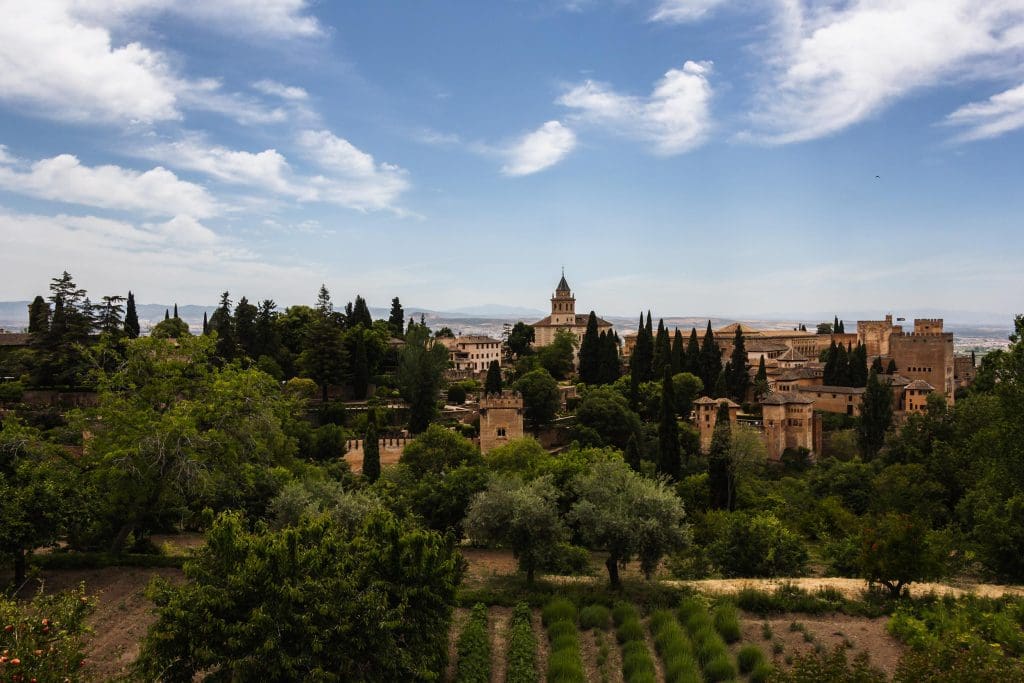
For centuries, Granada underwent transformations, experiencing a period of great prosperity, particularly when it formed an alliance with Castile. Gradually, aggressive actions during the Reconquista effectively deprived settled Muslims of their lands and properties in favor of the Christian population. Most of the wealthy exiles from Cordoba and Seville found refuge in Granada, contributing to the city's prosperity.
During that time, Granada was the richest city on the Iberian Peninsula. After further conquests of settlements, towns, and villages by the Crown's forces, the Emirate of Granada became the last Islamic stronghold to fall.
_
This occurred on January 2, 1492, after a year and a half of the Siege of Granada, when the last Iberian Sultan, Muhammad XII Abu Abdallah, known as Boabdil by the Spaniards, finally surrendered the city to the Spanish Catholic armies.
Shortly after Boabdil's capitulation, he was forced to leave the city along with his court. Legend has it that he stopped at a place now known as El suspiro del moro (The Moor's Sigh) and gazed back at the lost capital with tearful eyes...
...he heard from his mother...
Cry like a woman for what you could not defend like a man
Największą pamiątką czasów przełomu arabskiego i chrześcijańskiego panowania nad miastem jest oczywiście słynna La Alhambra.
Nazwa “Alhambra” pochodzi z arabskiego “qa’lat al-Hamra”, co oznacza dosłownie “Czerwony zamek”. Nazwa ta nawiązuje do czerwonego koloru murów zamku, jednak historycy twierdzą, że może pochodzić od koloru murów oświetlanych po zmroku pochodniami.
_

La Alhambra was built in stages, constituting modest military buildings in the ninth century, to become a royal residence with the arrival of the first Nasrid monarch Mohamed ben Al-Hamar in 1238.
Intensive expansion of the complex began at that time. In the ensuing decades, the palace was improved, additional parts were added, and word of the place's grandeur and beauty spread throughout
Catholic monarchs, upon taking possession of the palace, refrained from destroying it, as was their custom during the Reconquista, a fact that is evident when visiting the Great Mosque of Cordoba..

After taking over the palace, the Catholic monarchs did not dare to devastate it, something they were in the habit of doing during the Reconquista, the effects of which can be clearly seen, for example, by visiting the Great Mosque of Cordoba.
Instead, they erected a church, the Royal Chapel, on the mosque's ruins. They also built a monastery and a royal palace, which, despite their great efforts, do not compare in beauty to the work born from the imagination of Arab architects.
Alhambra to prawdziwa perła Andaluzji, którą dostrzec można z daleka zbliżając się do miasta, gdyż znajduje się w najwyższym punkcie miasta – “wzgórzu słońca”. Kryje w swoich murach misternie dekorowane wnętrza, bogate zdobienia, oraz piękno ogrodów. Obiekt wraz z dzielnicą Grenady Albaicín, w 1984 roku został wpisany na Listę Światowego Dziedzictwa Kultury UNESCO, co uczyniło z niego jeden z najczęściej zwiedzanych zabytkóe w Hiszpanii. To po prostu trzeba zobaczyć!
Z samego zamku można podziwiać wspaniałą panoramę pasma górskiego . i jej ośnieżonych szczytów (śnieg zalega na stokach od listopada do końca kwietnia).
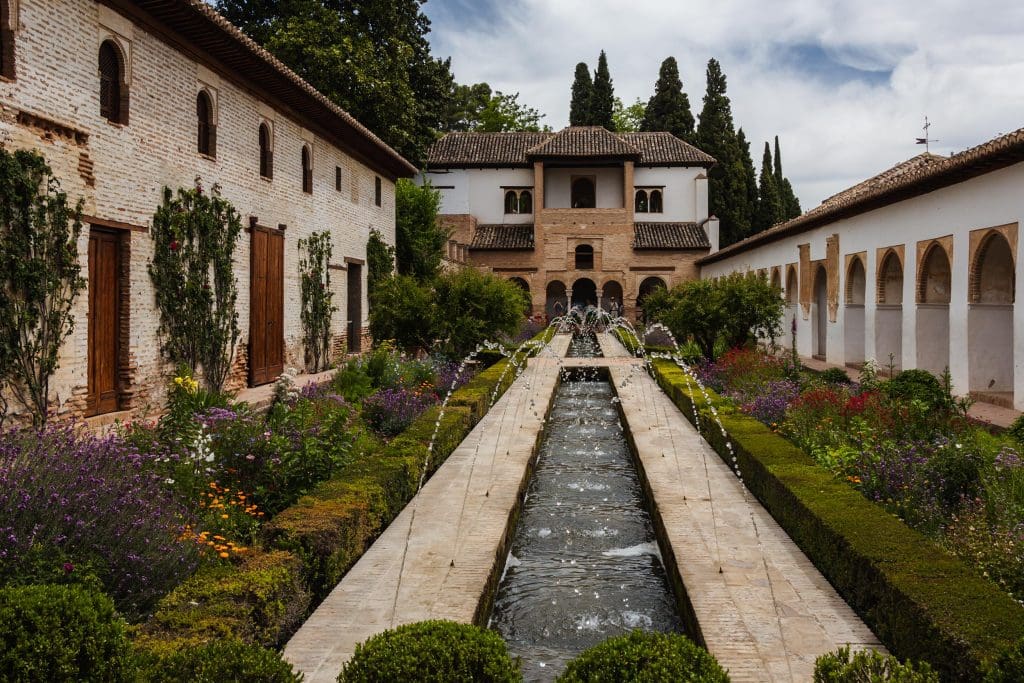
It's a good idea to reserve your ticket to the palace in advance, especially during the summer season. We had to endure a two-hour wait in line under the scorching sun with temperatures above 30 degrees Celsius. For official information about Alhambra, including prices and online reservations CLICK HERE
Granada is full of attractions and historical sites
Below the Alhambra lies Paseo del Padre Manjón, a great place for a stroll with a historic fountain dating back to 1609, restaurants, monuments, and historical sites.
One of the many remnants of the Moorish period are the Baños Árabes del Bañuelo, dating from the 11th century, which are the only baths preserved in this area. You can visit this place for free.
You can also find functioning Arab baths in hidden corners and narrow streets, so it's worth bringing your swimsuit to experience the unique atmosphere. Highly recommended options include:
- Baños árabes Palacio de Comares – Click for more information
- Baños árabes de Elvira – Click for more information
- Termasaje – Click for more information
- Hammam Al Ándalus Granada – Click for more information
Ilość zabytków w Grenadzie jest imponująca, ale oprócz Alhambry i łaźni, trzeba odwiedzić starą, niegdyś arabską, dzielnicę Albaicín. To prawdziwa “wyspa skarbów”. Wartym wstąpienia jest chociażby renesansowy pałacyk Palacio del Marques de Salar – Patio de los perfumes z końca XVII wieku, w którym od niedawna ma siedzibę “Muzeum Perfum”, poświęcone sztuce i historii produkcji perfum od starożytności po dzień dzisiejszy.
Górne piętro przeznaczone jest kosmetykom naturalnym, a także można dowiedzieć się więcej o kosmetycznych właściwościach roślin. Ciekawe wnętrze z pięknym patio, kolumnami, roślinami i zwiewnymi zapachami…
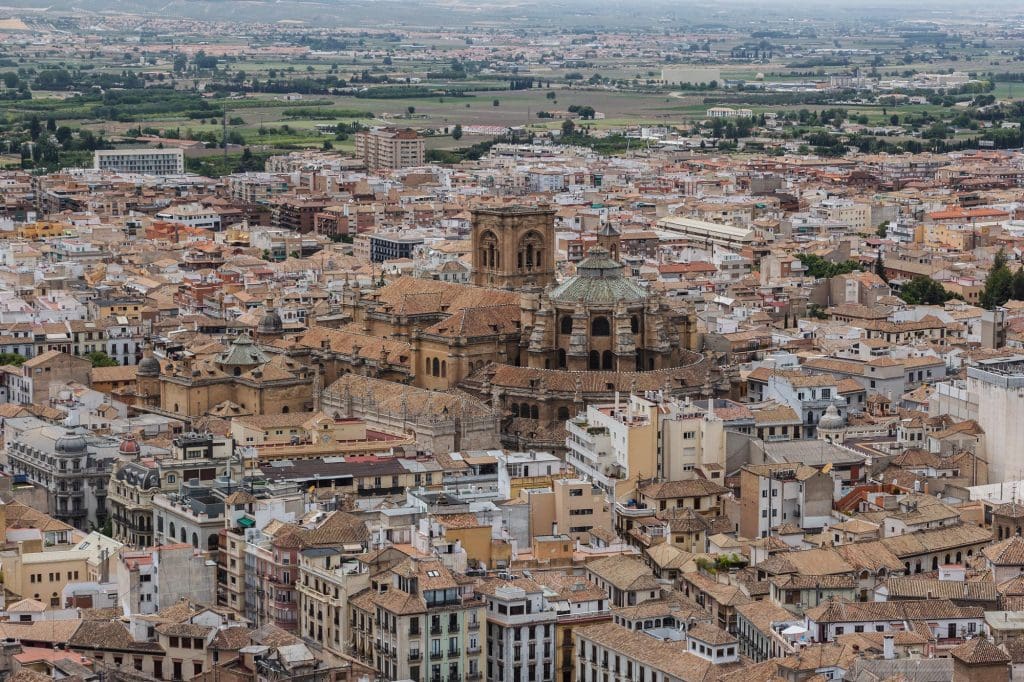
Following the narrow streets, you will reach Plaza Mirador de San Nicolás, which offers a magnificent view of the Alhambra, the Sierra Nevada mountains, the city, and its surroundings. This is one of Granada's most beautiful spots - you simply must visit!
Near Albaicín, you will find a beautiful Moorish-style house Casa del Chapiz- which is absolutely worth a visit.
Moreover, the Granada Cathedral is an exemplar of sacred architecture in Andalusia and Spain as a whole. Its monumental façade and lavishly adorned interior captivate visitors with their beauty and evoke a mystical ambiance. The Capilla Real, part of the cathedral complex, serves as the eternal resting place for Queen Isabella and King Ferdinand, adding a profound historical and spiritual dimension to this sacred site.
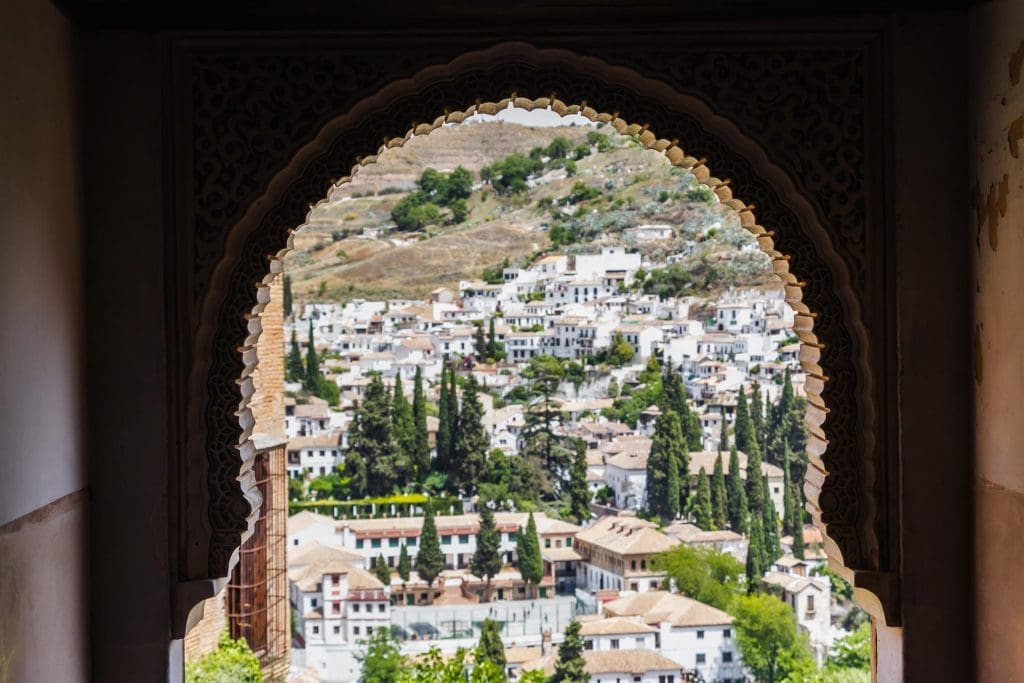
Pixambo.com – Download High-quality Photos & Videos for Your Projects!

It is a good idea to walk from Plaza Nueva right in the centre, towards the famous Paseo de los Tristes nad rzeką Darro. Tam można “gubić” się bez końca 🙂
Adjacent to this area lies the famous El Sacromonte district, where the vibrant culture of flamenco was born among the Romani people who once inhabited these hills. To this day, you can immerse yourself in the soul-stirring performances of flamenco musicians and dancers in the caves-turned-local bars known as "peñas." In 2010, flamenco was recognized as an intangible cultural heritage by UNESCO, cementing its profound significance.
Recommended restaurants in Granada offering flamenco performances:
- Jardines de Zoraya – more info
- Tablao Sacromonte – Venta Del Gallo – more info
- Flamenco Zambra Del Sacromonte – The Tarantos –more info
Notable Recommendations for Experiencing Granada:
- Granada Cathedral and Royal Chapel: A masterpiece of Isabelline-style architecture and the eternal resting place of Queen Isabella and King Ferdinand.
- Calle Nueva Caldereria: A charming shopping street reminiscent of Moroccan alleyways, offering a variety of unique items.
- Monasterio de San Jerónimo: A splendid example of Spanish Renaissance art.
- Monasterio de la Cartuja: A blend of Spanish Baroque, Renaissance, and Gothic architecture.
- Corral del Carbon: The oldest monument from the Moorish era, once a merchant's hostel.
- Alcaicería: A street filled with souvenir shops offering locally crafted items such as incense, lamps, textiles, dried fruits, tea, ceramics, and leather bags.
These are just a few of the treasures awaiting you in Granada. The city boasts a wealth of historical and cultural attractions, each contributing to its unique charm. To ensure you make the most of your visit, consider these recommendations and embark on a journey through Granada's rich heritage.
Where to dine in Granada
Granada offers an abundance of dining options to satisfy every palate. Here are some recommended places:
- Los Diamantes (Navas, 26)
- Bodegas Castañeda (Almireceros, esquina con calle Elvira)
- La Bella y La Bestia II (Cárcel Vieja, 1)
- El Rinconcillo (Pedro Antonio de Alarcón, 30)
- Casa Enrique (Acera del Darro, 8)
- Blanca Paloma (Alhamar, 14)
- Aliatar (plaza Aliatar)
- Cisco y Tierra (calle Lepanto, 3)
- Los Martinetes (Campo del Príncipe)
- Bodeguilla de al Lado (Tendillas de Santa Paula, 4) - Known for serving exquisite wines for over 20 years.
- Café 4 Gatos
- Bar Poe
Whether you're craving traditional Spanish dishes or international cuisine, you're sure to find a restaurant that piques your interest.
Fascinating Tidbits about Granada
- Granada i Alhambra często pojawiają się w produkcjach filmowych, chociażby w:
The Game of Thrones”, “Dr. Zhivago”, i “Indiana Jones i ostatnia krucjata
For a glimpse into Granada's past, explore this intriguing YouTube channel featuring vintage footage of the city. CLICK HERE- HERE The channel also offers the first-ever film footage of Granada, dating back to 1910.
- In the Shadow of the Pomegranate Tree – by Tariq Ali If you're interested in delving into the history, culture, and human drama of Andalusia during ancient times, this book is a highly recommended read.
For Nature Enthusiasts and Adventurers
- If you're passionate about nature and outdoor activities, “gór śnieżnych” Sierra Nevada, Click Here, is a must. You can find detailed descriptions of the expedition to the highest peak, Mulhacén, at 3,479 meters.
How to get there?
- Granada has its own airport, providing convenient access to the city.
- Sprawdź ofertę kolei
- Several transportation companies operate in the Andalusian region. You can find more information by following the provided links. Click Here
Top Attractions Worth Exploring in Granada on the Map:
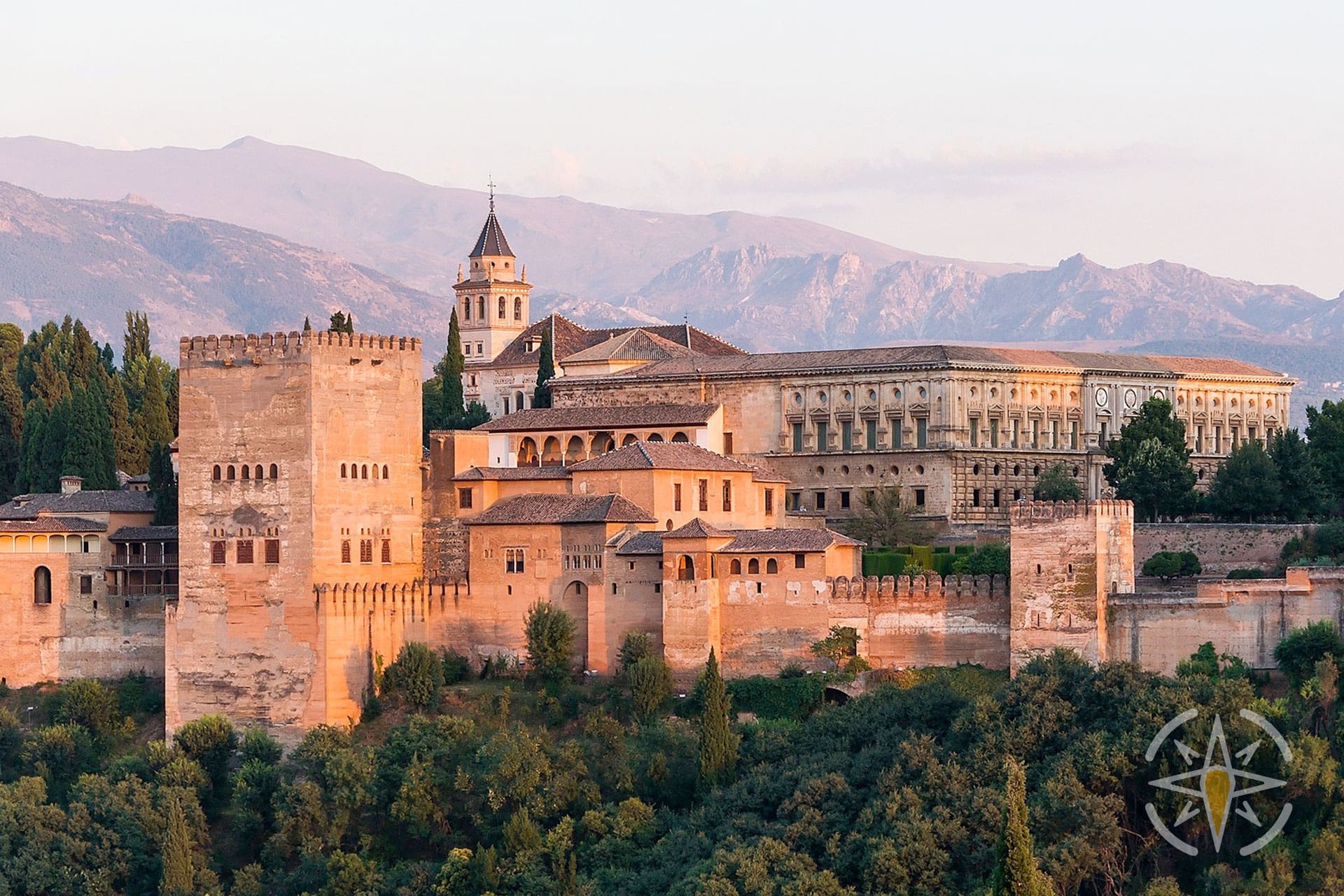
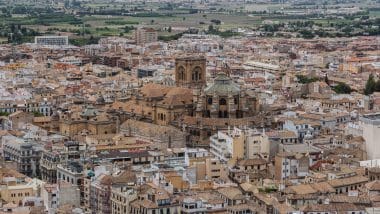
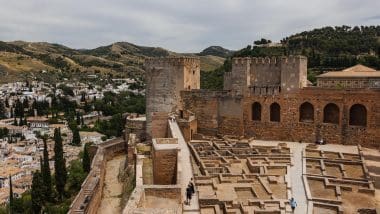
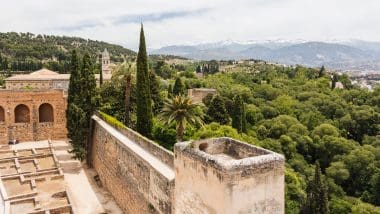
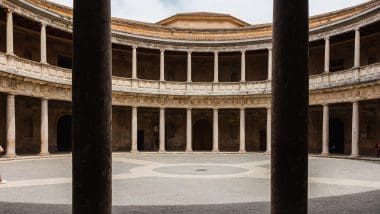
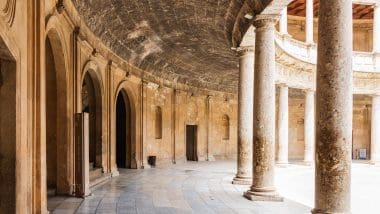
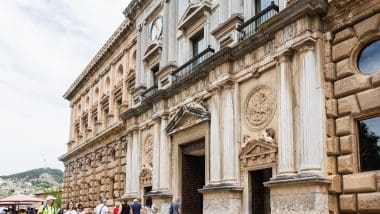
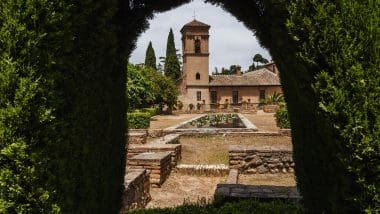
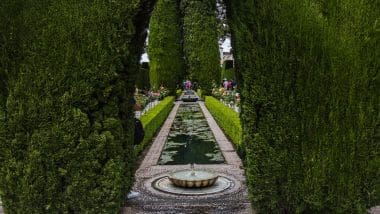

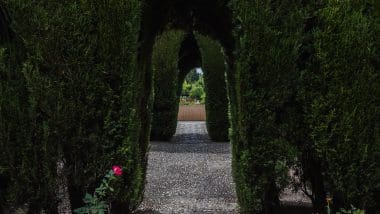


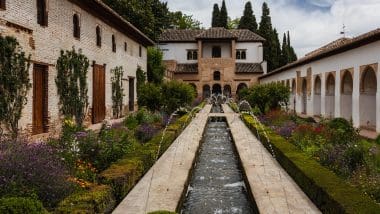
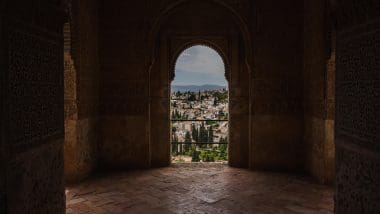
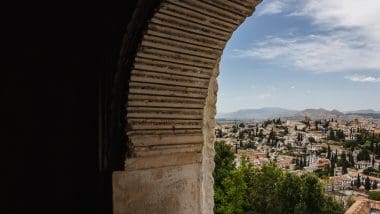
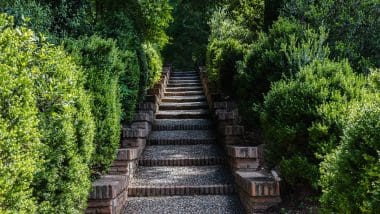
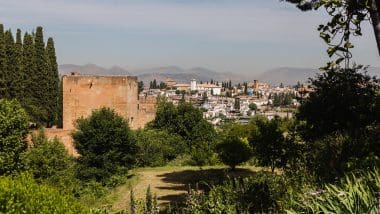
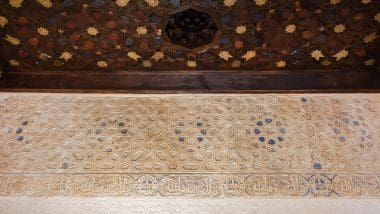


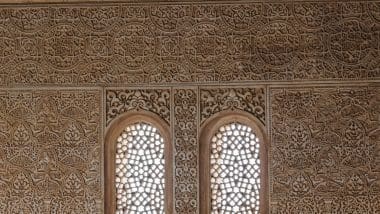
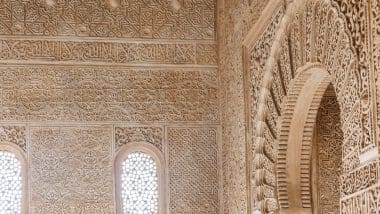
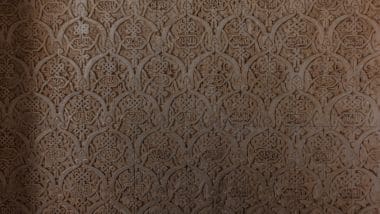
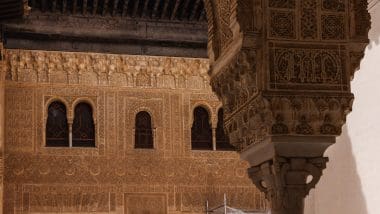
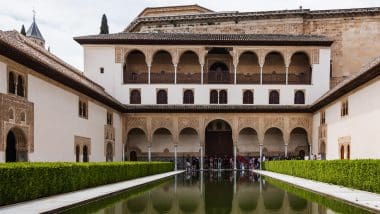
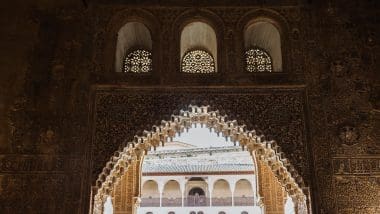
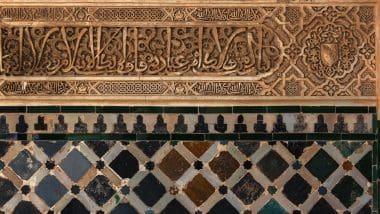
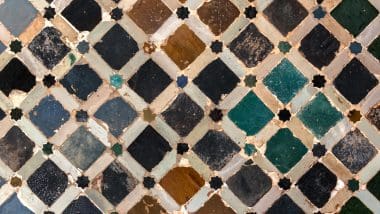
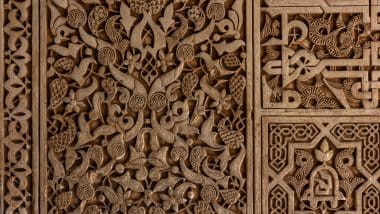

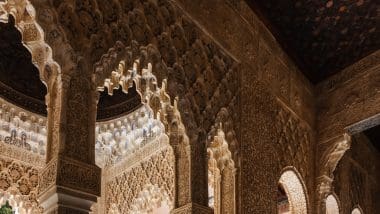
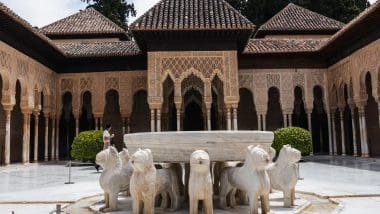
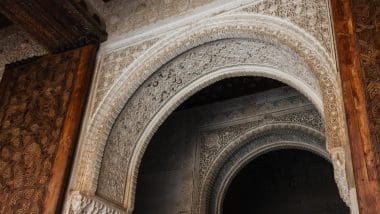


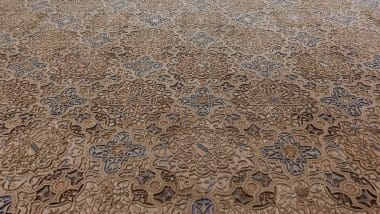
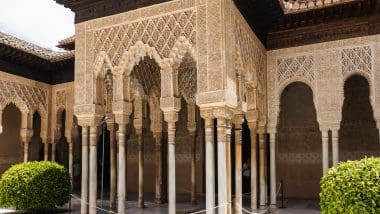
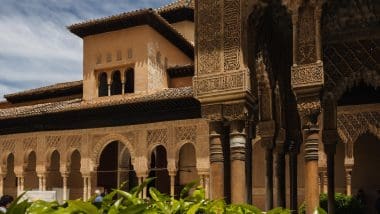
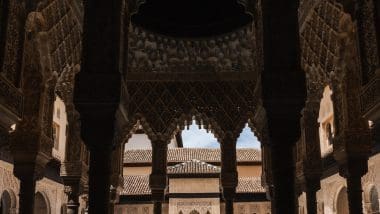
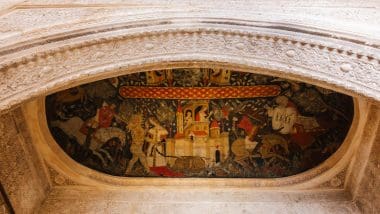
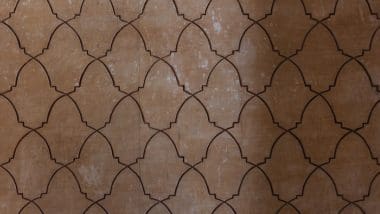
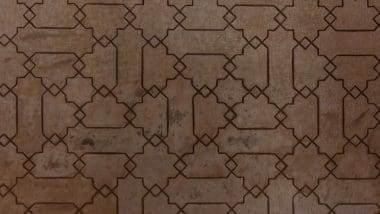
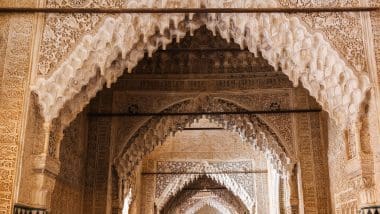
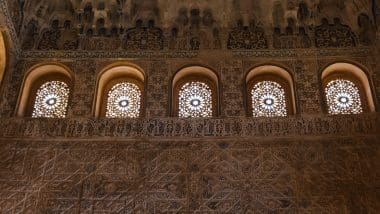
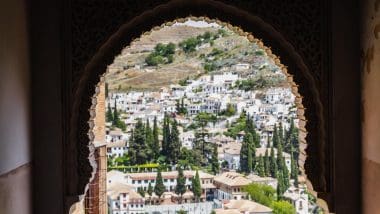
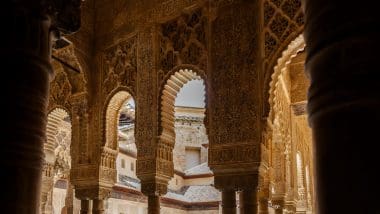
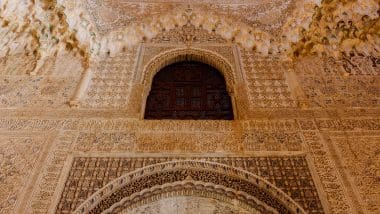
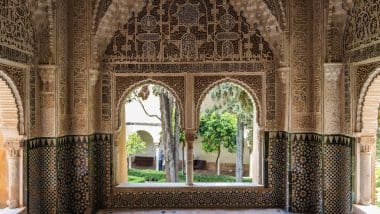
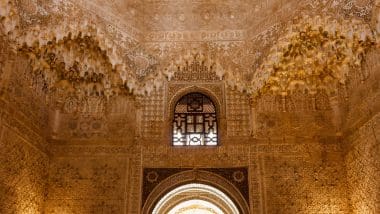
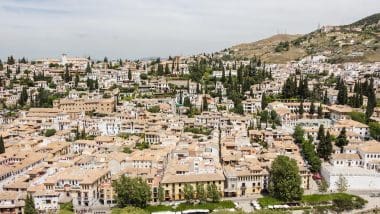
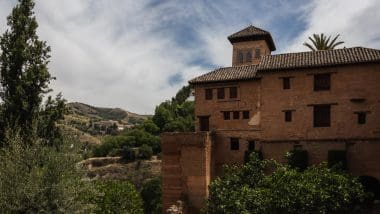
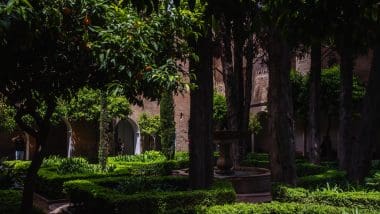
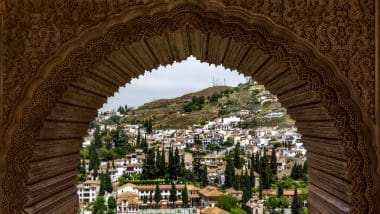
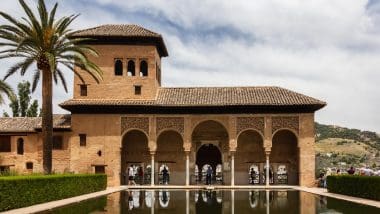
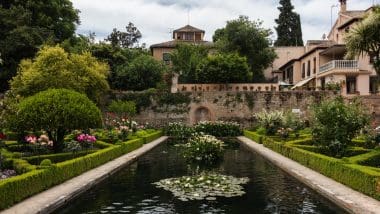
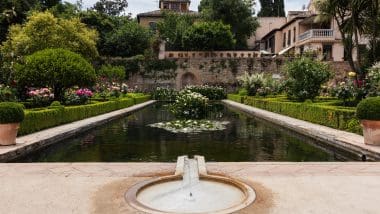
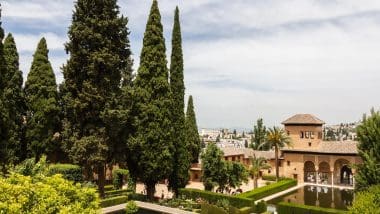

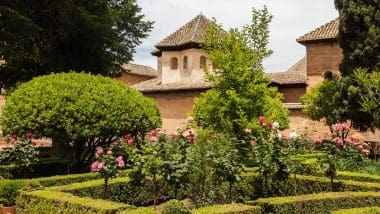
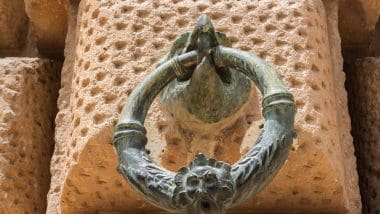

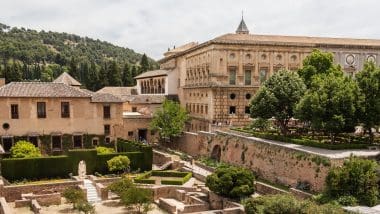
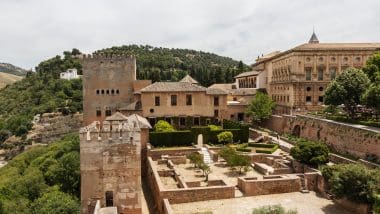
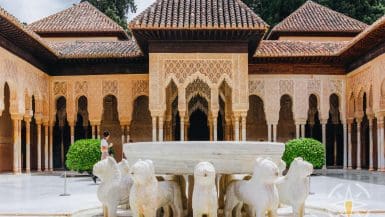
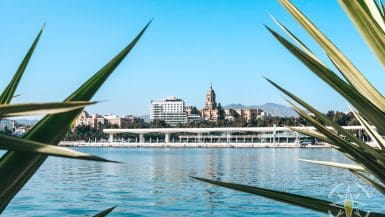
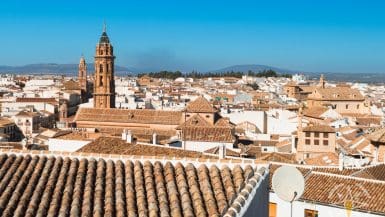
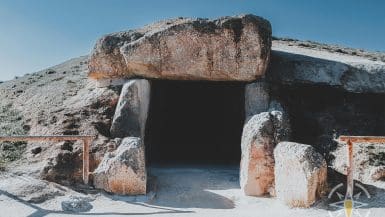
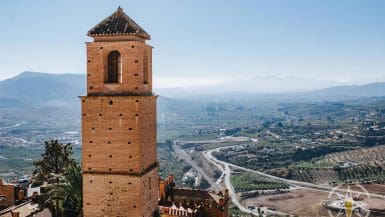
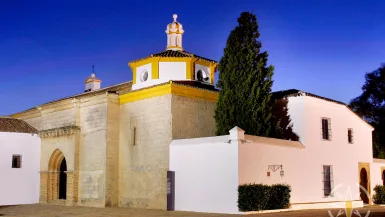
Leave a comment, ask a question...